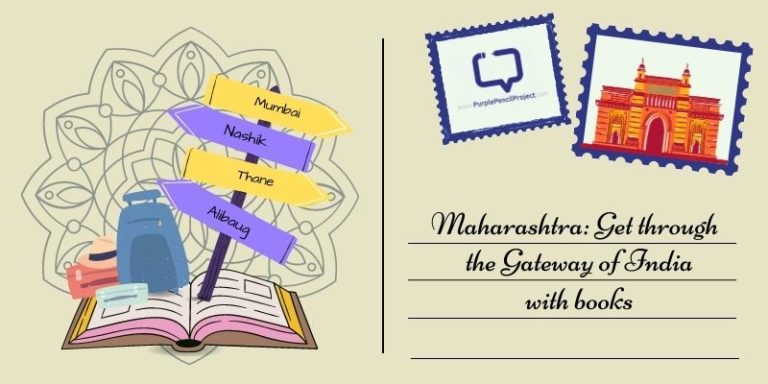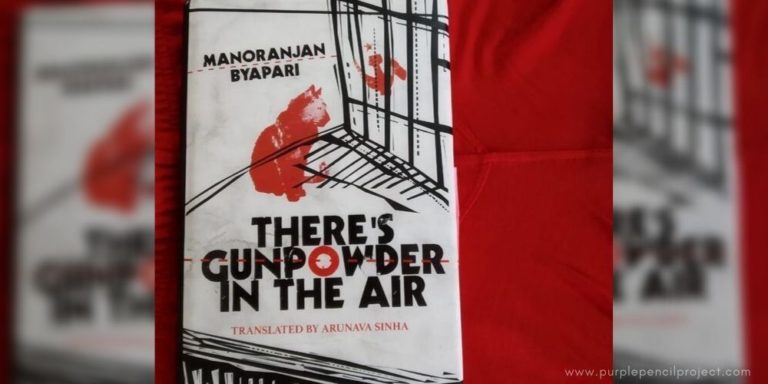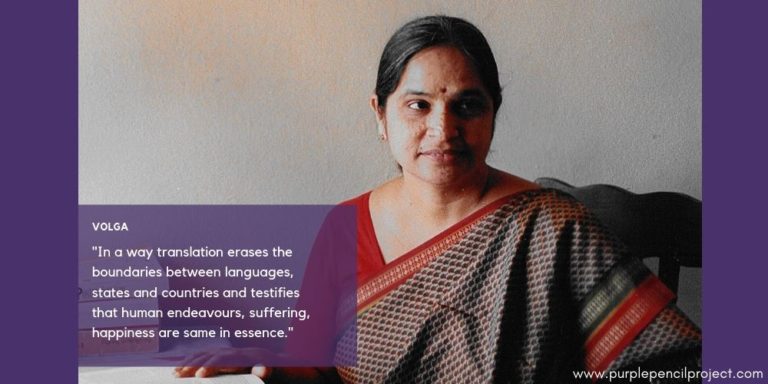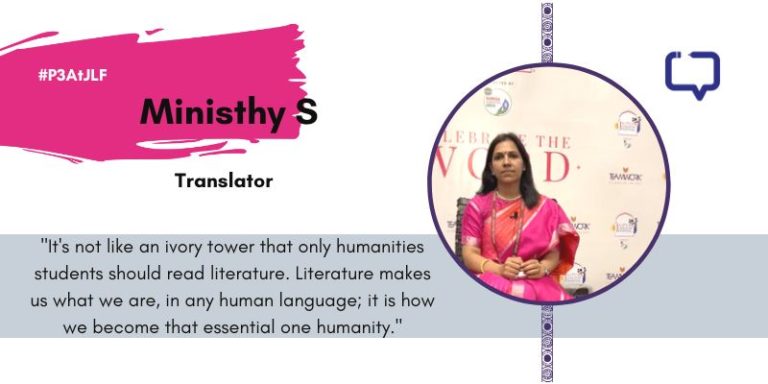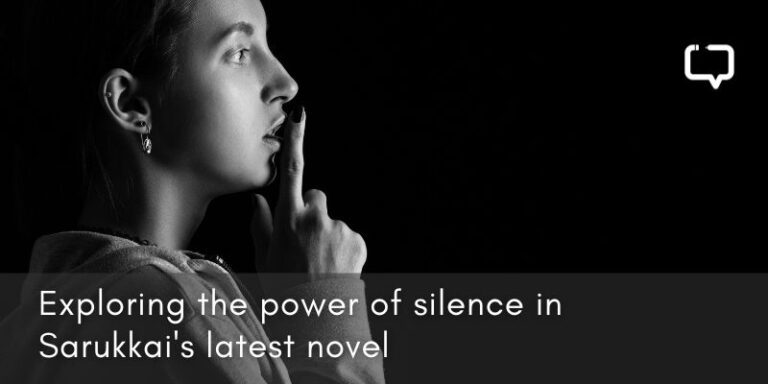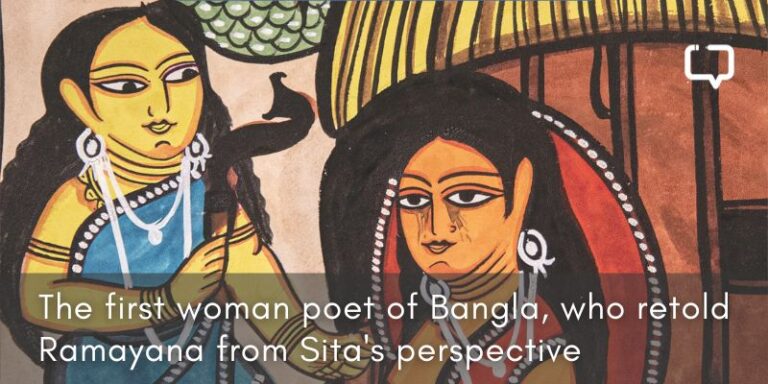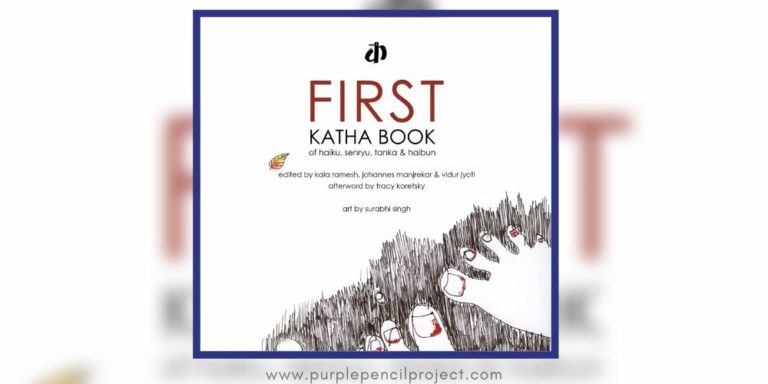Rahul Vishnoi reviews The Deception Industry by Herjinder (published by Rupa Publications India, 2024).
If my grandmother were alive, she would have heartily agreed with Herjinder. This smartphone is at the root of all evil, she would have said. Ahead of her times, she quickly grasped the plethora of evils perpetrated by the use and disuse of smartphones. Herjinder, through this book, traces the birth and evolution of the telephone in India and compares its effect on elections and how they are fought and won.
The beginning of The Deception Industry sets a nostalgic tone, talking about the introduction of the telephone in India. You can imagine how rare a commodity telephone was that in the early 90s, every MP was allowed just 2 telephone connections per year. Yes, read that again. Industrials would visit politicians if they required urgent telephone connections.
Although landline telephones arrived before independence in India, they began to be popular amongst the common people when, in 1991, under the government of PV Narasimha Rao, the then telecom minister Sukhram made herculean efforts to liberalize telecommunication. He also bid to bring the mobiles to India, and in 1995, it was a historical moment when Jyoti Basu, the then West Bengal CM, made a mobile call (Nokia) to Sukhram. It is another matter that Sukhram had been tainted forever when loads of unaccounted currency bags were found in his home.
The Deception Industry almost treats the mobile phone like a sentient being, showing its birth and childhood. This, with all the fake news and social media, is perhaps the rebellious teenage phase of the mobile.
Political Campaigns and Mobile Phones
Herjinder remembers the time when Atal Bihari Vajpayee would make a telephone call to ask the people to vote for him. It was, of course, a recording, but this being the first time when the common man had the illusion of talking to the PM, it was hailed as a masterstroke. Years later, a similar tactic was employed by Arvind Kejriwal. BJP went one step ahead and asked the people to make a missed call to a number if they wanted to join the party. They would receive a callback, all their details recorded and saved to be used later. This strategy made lakhs of people join the BJP.
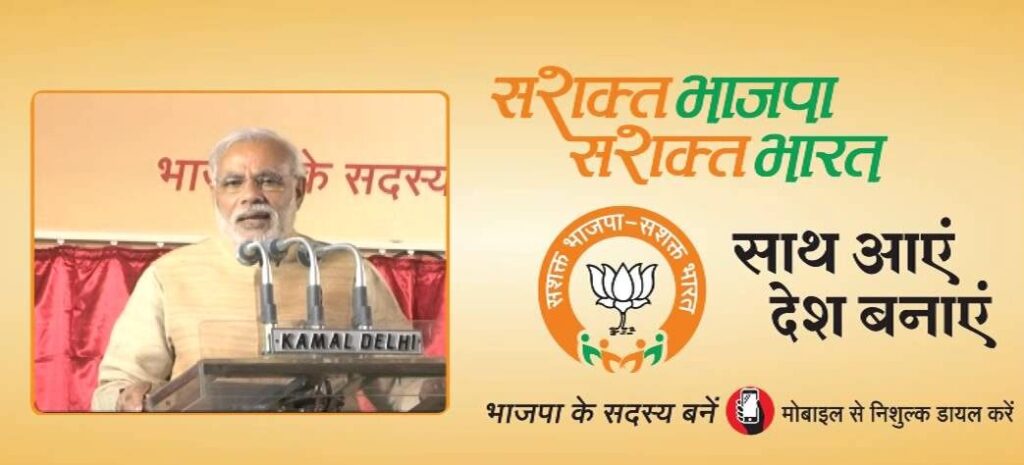
But more than the humble telephone, it was the mobile that was the game changer for Indian politics. The Congress may be credited with launching the IT revolution in India, but it was too late to join the social network bandwagon. PM Manmohan Singh repeatedly refused to join Twitter, so a PMO account was made. When finally the Congress leaders joined social media, it was too late. BJP was leaps and bounds ahead of them. Some Congress leaders like Ashok Gehlot were even accused of buying followers and likes. Most of his followers were from Istanbul, Turkey!
Rise of Smartphone Users and Voter Turnout
The December 2013 Delhi Assembly elections can be considered the country’s first smartphone election, writes Herjinder. The recently established Aam Aadmi Party (AAP) has made remarkable progress in this technology. Riding the anti-incumbency wave against the Congress, it effectively utilized social media to connect with a large audience, and the election results reflected this strategy. Despite initially securing the second position, AAP later went on to form the government.
As smartphones became more popular in India, voter turnout in the general elections increased significantly. In the 2009 elections, approximately 58% of voters voted, whereas in 2014, it went up to 66.4%, the highest ever. So what was happening? Was the smartphone goading people out of their homes and into the polling booths? When initially the polling day had been considered a mere holiday, what happened that the people were going out in the sun and heat to vote? The answer lies in what’s inside the phone.
The country had 220 million smartphone users in 2015, which rose to 300 million the following year. This number further exploded with the introduction of Ambani’s disruptor, Jio. In 2017, India’s mobile data consumption was higher than that of the USA and China. This was the same year that PM Narendra Modi made this famous comment: 2019 general elections will be held on smartphones.
But how did it happen? The answer lies in data. Almost every app on your smartphone asks for your phone number and email ID. We give it away without even a second thought. This data is sold to many companies and firms and ultimately reaches the political parties, which use it to develop a thorough profile of each voter.
Filter Bubbles, Echo Chambers, and Polarization
Where he lives, what he does for a living, what he reads, what websites he visits, where and how he is active on social media, his caste, religion and all other information: everything is recorded.
What is his ideology? Which party or candidate will his vote go to? This also indicates who among this group of voters can donate to the party’s fundraising efforts. It is then decided how to reach these voters, influence them and keep them engaged. Did you know that a few years back, anyone could download electricity bills and use your personal information? There were also allegations of data leaks from the central government’s schemes such as ‘Ujjwala’ and Swachh Bharat’. When the Cambridge Analytica scandal broke in 2018, people were shocked to discover that Facebook was fully aware of the data leak and yet did nothing.
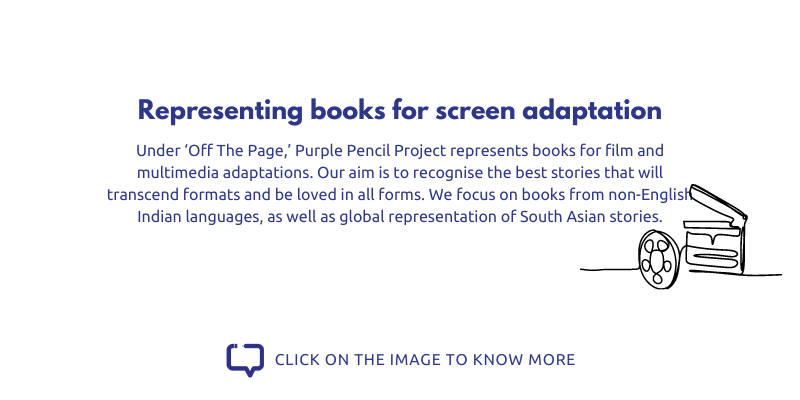
Social media is based on Frigyes Karinthy’s notion that any two persons in the globe are separated by a distance of six or fewer people. Social media has perhaps harmed communal harmony the most in India. The amount of vitriol it spreads against minorities and women is unprecedented. Herjinder here talks of two things: filter bubbles and echo chambers. Social media monitors your online behaviour and keeps track of your likes and dislikes. The personalized content is then shown to you based on these criteria. This is referred to as a ‘filter bubble’. Hence you engage only with the people who share your opinion, thus creating an ‘echo chamber.’
Filter bubble and echo chamber are the two characteristics of social media that contribute to polarization. Every alternate way of thinking is either useless or a conspiracy. Hatred towards other beliefs or ideologies arises from here as well, and can occasionally lead to viewing hate speech as normal. This is the point at which people begin to trust utterly false news and conspiracy theories.
– The Deception Industry, Herjinder
One that goes on perennially is how the Gandhi family is actually Muslim since Feroze Gandhi was a Muslim. The PM was a chaiwala at a railway station could be considered fake news, too, albeit one that glorifies, not demonizes, the target. WhatsApp forwards are an easy tool to spread this fake news. Herjinder compares them to the religious pamphlets distributed to the unsuspecting public in the 80s and ’90s, asking them to print 100 more such booklets and distribute them or face impending doom.
Herjinder recounts an interesting incident of fake news that emerged long before the mobiles did. Colonel Mohan, the owner of Old Monk rum, had secured a Congress ticket for the Lucknow seat, and his victory was almost inevitable. His only strong opponent was Anand Narain Mulla, whose father had prosecuted the Indian freedom fighters of the Kakori incident. Mulla was not very sure of his win, but then fake news spread: Colonel Mohan is an alcoholic and remains inebriated all the time. Despite his denial, he lost. Such is the power of fake news.
Post-Truth Era and Voting Heuristics
We arrived at a crossroads where the collision of dirty politics and lightning-fast dissemination technologies was made possible by mobile technology. This unholy union has fundamentally altered the character of politics. Previously irregular at the local level, the politics of rumours, fake news and character assassinations can now be done on a massive scale and in a coordinated manner at the national level. What was earlier muttered in a shrouded manner can now be conveyed to each home and person. What had previously been a political disease has now become a pandemic.
– The Deception Industry, Herjinder
The Oxford Dictionary defines ‘post-truth’ as relating to circumstances in which objective facts are less influential in shaping public opinion than what appeals to emotion and personal belief. People have begun to build their beliefs based on emotional appeal rather than truth and reality.
What’s the need to polarize the country so much, you might ask. Polarization helps voters to simplify decision-making. This is known as voting heuristics. Imagine you are at a grocery store with a large number of different cereal brands. Instead of analyzing every detail of each brand, you might use shortcuts, like grabbing familiar brands, choosing the cereal based on health claims or picking the cheapest option. Such shortcuts are called heuristics, and we use them in voting, too.
Then there is the monster of fake news, another weapon to be wielded in the gory field of politics. The Deception Industry contains many incidents of fake news, not just the ones against the opposition but also the ones that target the ruling party. Fake news told us that according to a bureaucrat, Narendra Modi works for 18-20 hours every day. We have also seen an image from the G-20 summit in which Narendra Modi is sitting on a chair in the centre, and several international leaders, including the then-US President Donald Trump, are listening to him.
When the original photograph was revealed, it was discovered that the chair was actually empty. Interestingly, in Russia, President Vladimir Putin was made to sit on the same chair onto which Modi was photoshopped. Fake news brigades think alike, no matter where they are!
The Role of WhatsApp in Spreading The Deception Industry
WhatsApp is the most effective messenger to spread fake news. According to reports, thousands of WhatsApp groups are made and maintained every year. There are many criteria for these groups, one of those being the caste of the group members: Thakur Samaj, Baniya Samaj, and Brahman Sena are some examples. People are quite happy to be added to such groups, particularly in backward areas. They believe that being added to a political WhatsApp group gives them access to some kind of insider information. Instead of being irritated by the messages, they firmly believe that they are receiving information from a credible source. They feel they have a sense of power as the sharer of political content.
One wonders if the prevalent atmosphere of hatred against minorities, caste attacks and trolling against women has been normalized by the extensive use of smartphones. Maybe the old days were better when you had to pay through your nose to make a call. We are now paying far too great a price carrying a computer in our pockets.











